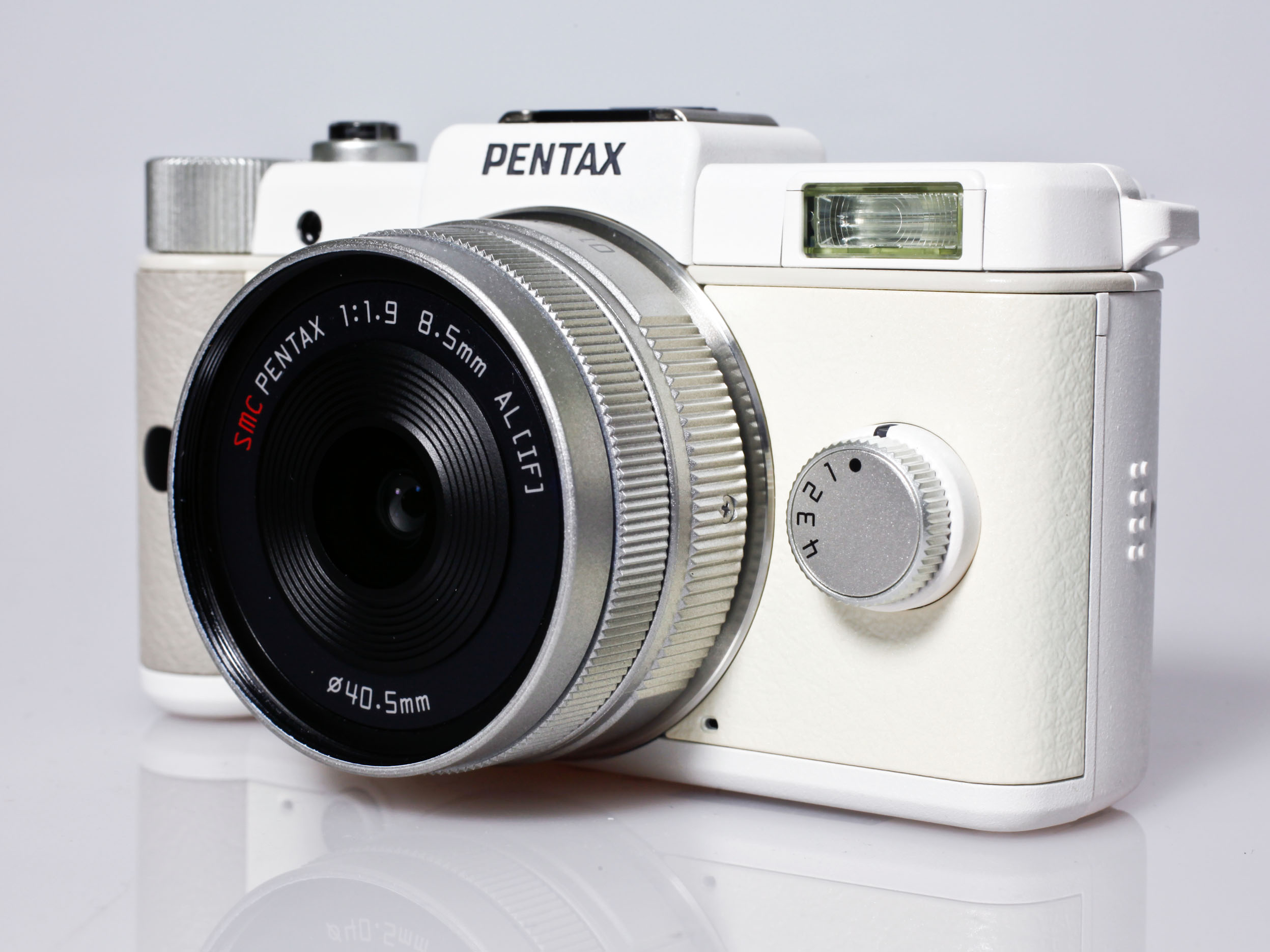Why you can trust TechRadar

Getting the most out of this tiny camera can take a little extra care and attention than may be needed with some of its rivals. Metering options on the Pentax Q include Segment, Centre-weighted and spot metering modes, which are the classic three included on most cameras of this level.
Although even contrast scenes pose few issues for the segment metering system, it's often fooled by contrasty scenes. The Q is prone to underexposure when bright highlights are present, and images often benefit from a little exposure compensation.
Up to three stops of compensation can be applied either side of the metered value, which should provide ample scope for correcting wayward exposures.
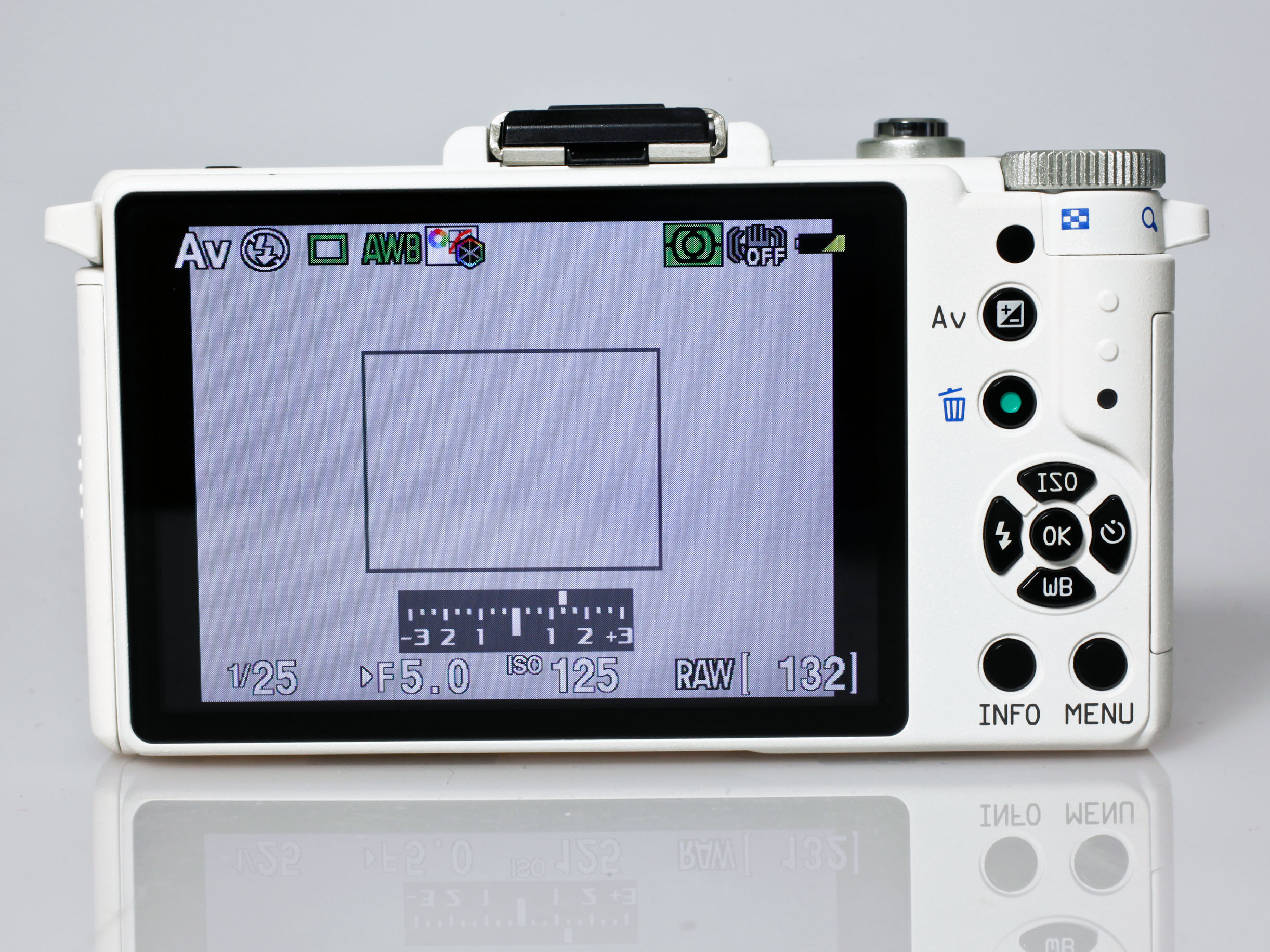
Auto white balance produces images that tend to be a little on the cool side in daylight and overcast conditions. Under artificial light, images tend to carry a reasonably strong warm cast that may sometimes need correcting, either in image editing software afterwards, or by setting the appropriate preset for the conditions.
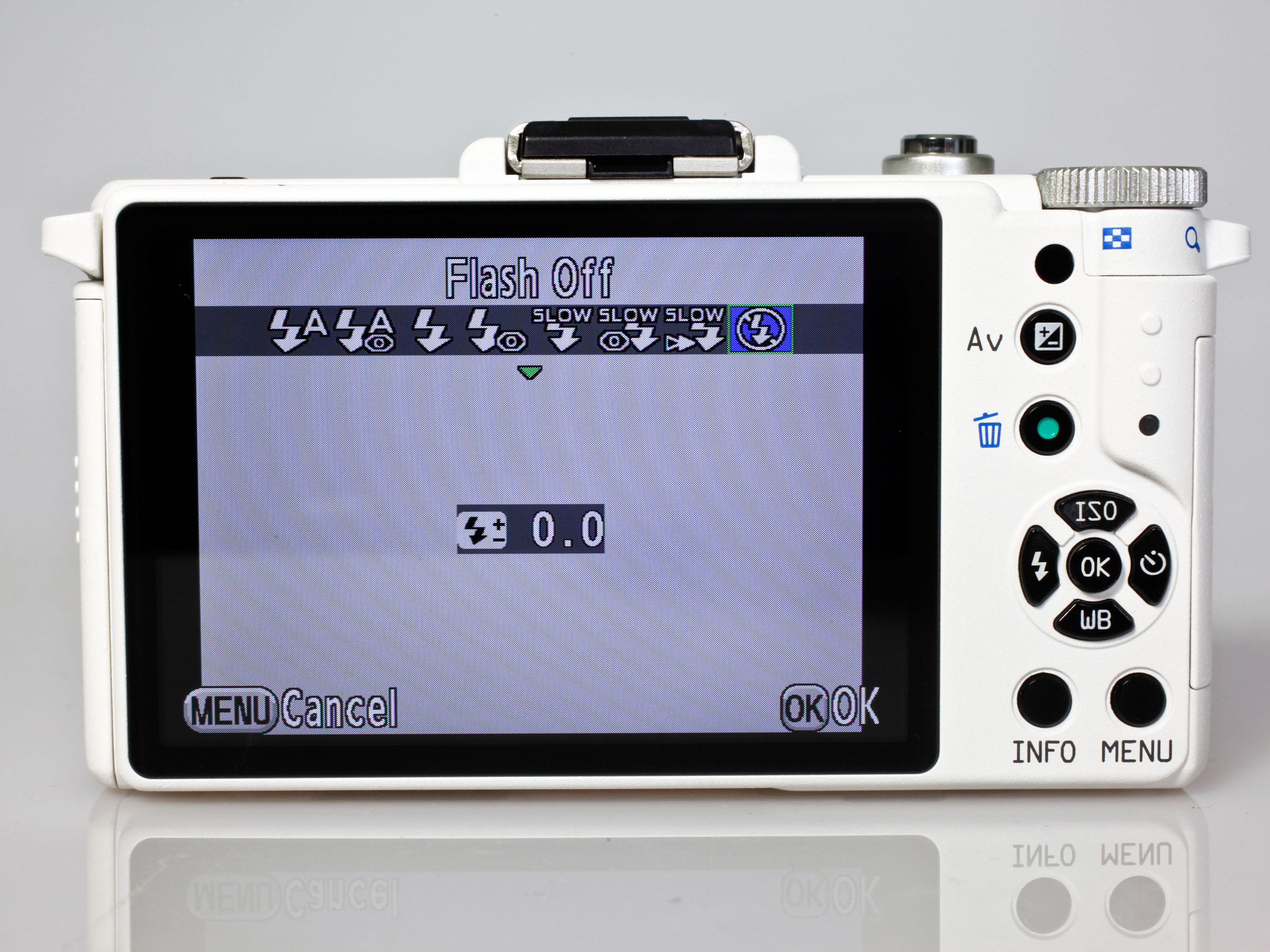
The small sensor poses a challenge for Pentax to produce images of quality of similarly priced cameras. Compared to high-end compact cameras with similar backlit CMOS technology, this compact system camera (CSC) performs well, but the Pentax Q struggles to hold its own when compared to cameras sporting larger image sensors.
In the field, images taken at sensitivities up to ISO 400 show no significant signs of noise. Images taken at ISO 800 are perfectly acceptable too, although artefacts can be seen along diagonal lines where the noise reduction system is fighting to tame increasing noise levels.
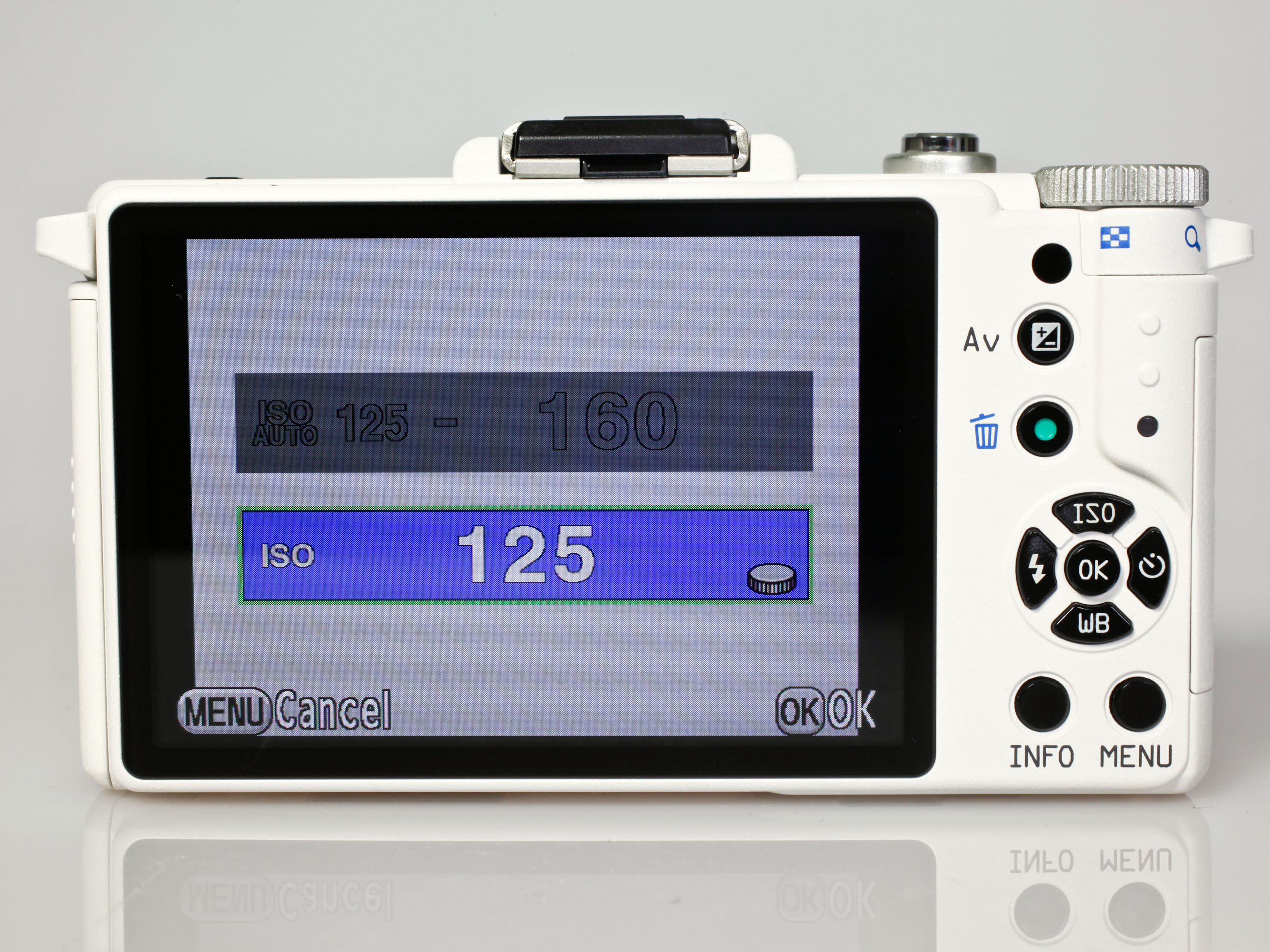
Beyond this, a general increase in smudging of fine details can be seen, and colour saturation gradually decreases. At small print sizes and for sharing on the web, images taken at ISO 3200 are perfectly acceptable, looking much better than you might expect from a small sensor camera like this. Shadows tend to have a slightly 'snowy' appearance at high sensitivities, though, which may be a little troublesome for many photographers.
Although images taken at ISO 6400 suffer with a loss of fine detail and a general increase in speckling across the tonal range, the noise has a fine grain to it, looking almost film-like in appearance, and they should still be very suitable for sharing on the web and for postcard-size prints.

Long exposures can reveal their own issues. Exposures of over four seconds begin to show noise in the shadows, even at the lowest sensitivity. This may limit the scope for editing raw files, especially as images taken at night tend to be quite high-contrast scenes.
Autofocus with the standard prime lens is reasonably quick in good lighting conditions, locking onto static subjects in good time, although certainly isn't quick enough for fast-moving subjects.
Videos recorded by the camera are smooth, clear and the exposure adjusts quickly when moving from light to dark areas.
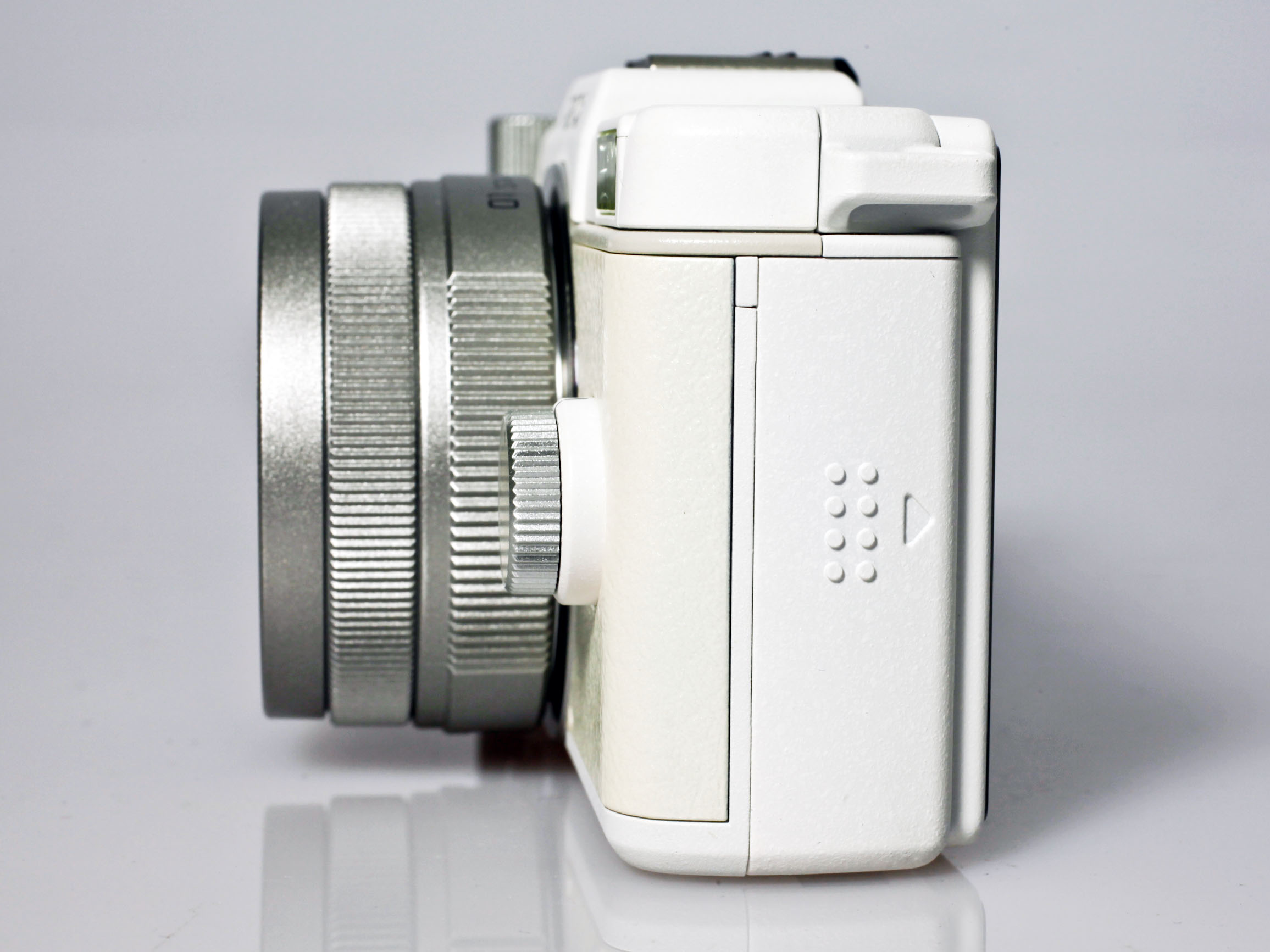
In low lighting conditions, the Pentax Q struggles to attain focus and will hunt back and forth for a few seconds. An orange assist lamp does help a little in darker conditions, but it's very bright and can lead to people squinting in pictures.
The standard prime lens supplied with the kit suffers with pronounced barrel distortion, which is corrected in JPEG images, but is clear to see in raw images during editing. This correction can cause slight softness around the edges of the image area.
Current page: Performance
Prev Page Build quality and handling Next Page Image quality: Detail resolution